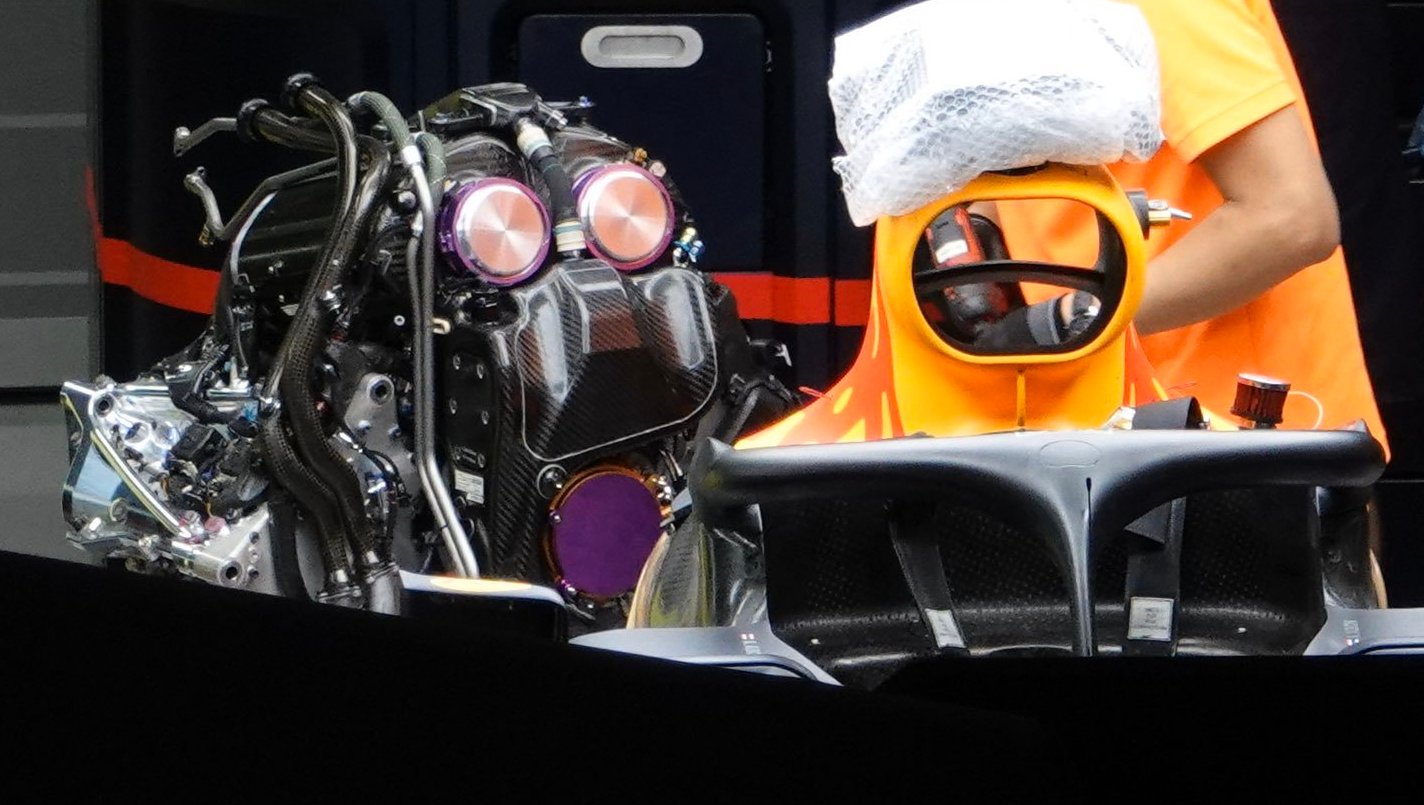Tommy Cookers wrote: ↑12 Oct 2019, 23:19
What wikipedia says on the tyre grip
A big bang engine is an unconventional motorcycle engine designed so that most of the power strokes occur simultaneously or in close succession. This is achieved by changing the ignition timing, changing or re-timing the camshaft, and sometimes in combination with a change in crankpin angle. The goal is to change the power delivery characteristics of the engine. A regular firing multi-cylinder engine fires at approximately even intervals, giving a smooth-running engine. Because of a big bang engine's power delivery imbalance, there exists more vibration and stress in the engine. Thus, the power peaks are very strong and can overwhelm the rear tire (if used in a motorcycle) ....
each of these sentences above is wrong
anyway it was the 'screamer' NSR500 that won almost all the races when the 'big-bang' NSR500 almost never won
probably throttling off behaviour was the biggest effect of weird firing intervals (Mr Doohan hated the BB)
since 'slipper clutches' this aspect became irrelevant
regarding the M1 and R1 (supposed poster boys of BB) ...
according to the M1 boss Mr Furasawa they weren't BB
(yes he tried a BB version of the M1 crank)
search for crossplane in the 2 stroke thread (posts around Nov 2016)
or big bang of course
Honda changed to Screamer in 1997 so they were successful with the BB as well. When Honda switched the NSR500 to a screamer in 1997, riders we're throwing themselves off all the time, only the skill of the rider could compensate, this is why Mick Doohan won an incredible 12 of 15 races that year.
The guiding philosophy in a big bang engine, is that the "relaxation time" is long enough between the time when the engine is applying force to the road (the first 90 or so degrees of crankshaft rotation, or ignition) and the time when it's going through the non-force applying functions of a four stroke engine (exhaust intake and compression), that the remaining 630 degrees allow the tyre to re-grip, such that if too much force is applied during that 90 degrees of ignition and the tyre begins to slide, there is still 630 degrees of non force application. This provides a buffer for the rider to not be sent over the handlebars
There is the other argument for using the big bang engine. It is the idea that a big bang configuration is able to somehow improve the quality of the feedback that a rider receives from the rear tyre, so that they can better understand what the rear tyre is saying to them. The philosophy is that with a big bang you can apply some sort of input, such as the application of throttle to a tyre, and be given in return a useable amount of time to determine what that input has done to affect the motorcycle. With a screamer engine, the input is constant and permanent, there is no time to "hear" anything other than the input signal, you never get the chance to "hear" the feedback signal.
All the manufacturers are using Big Bangs or Low Bangs (or even twin pulses) at this moment except Honda, it is MM talent who is able to tame the motorcycle and win, every other driver complains about how difficult the Honda bike is. This is similar to what happened in 97 when Honda used screamers first, Doohan's talent helped them win.




